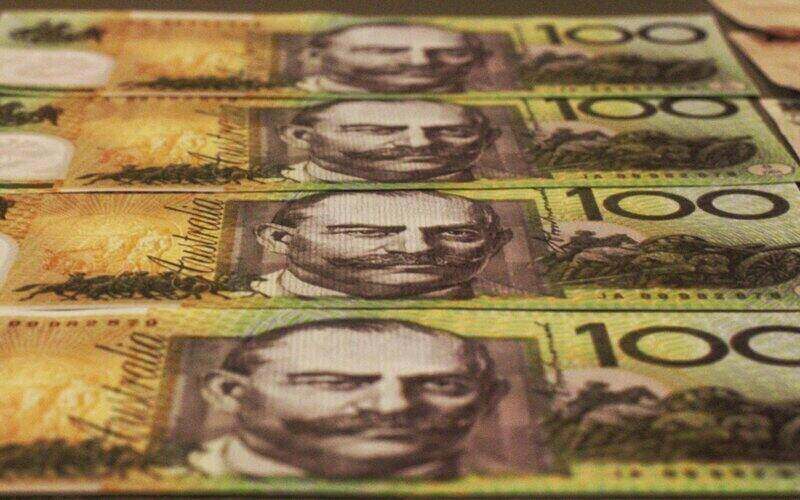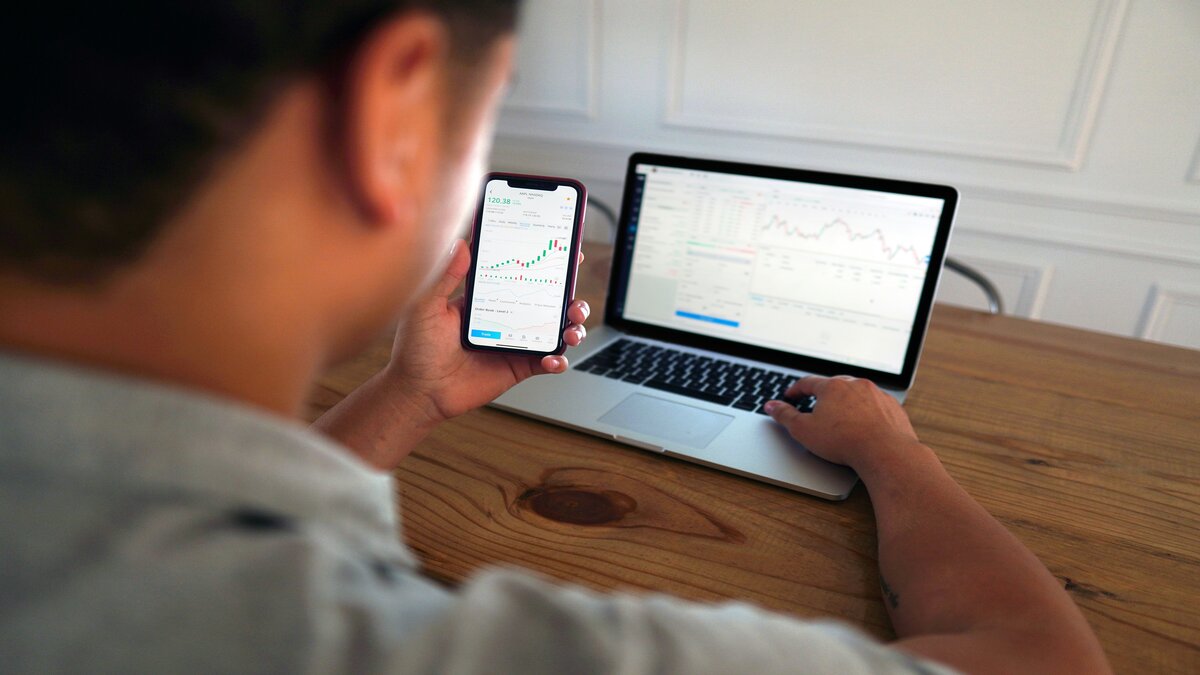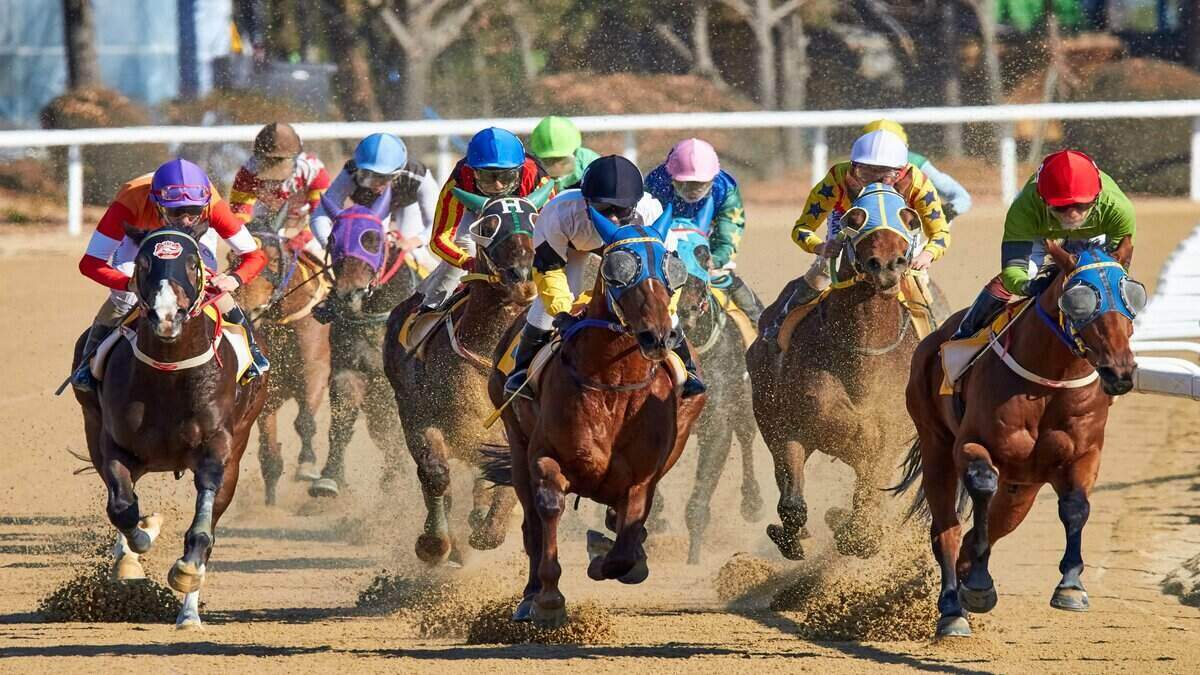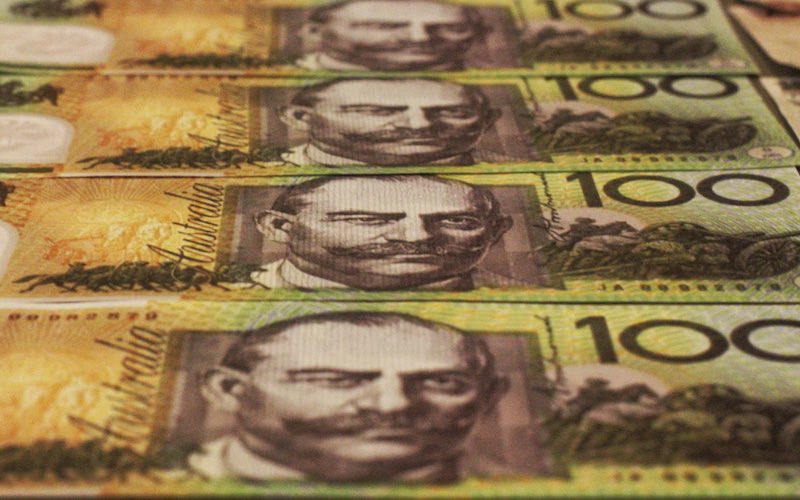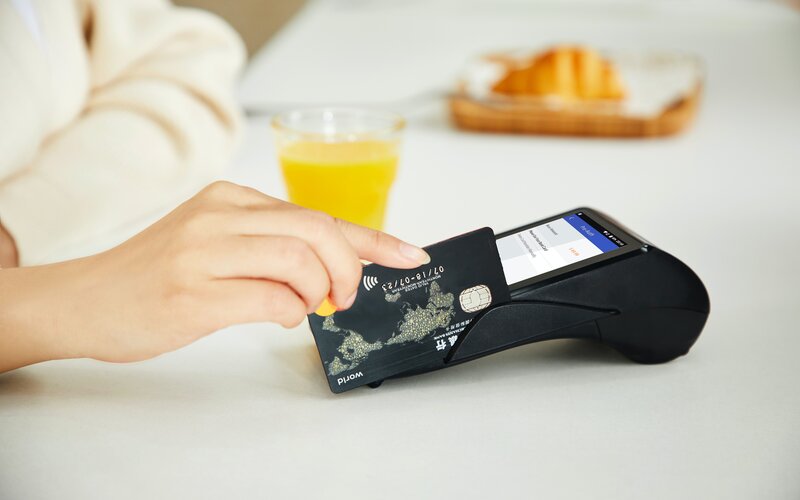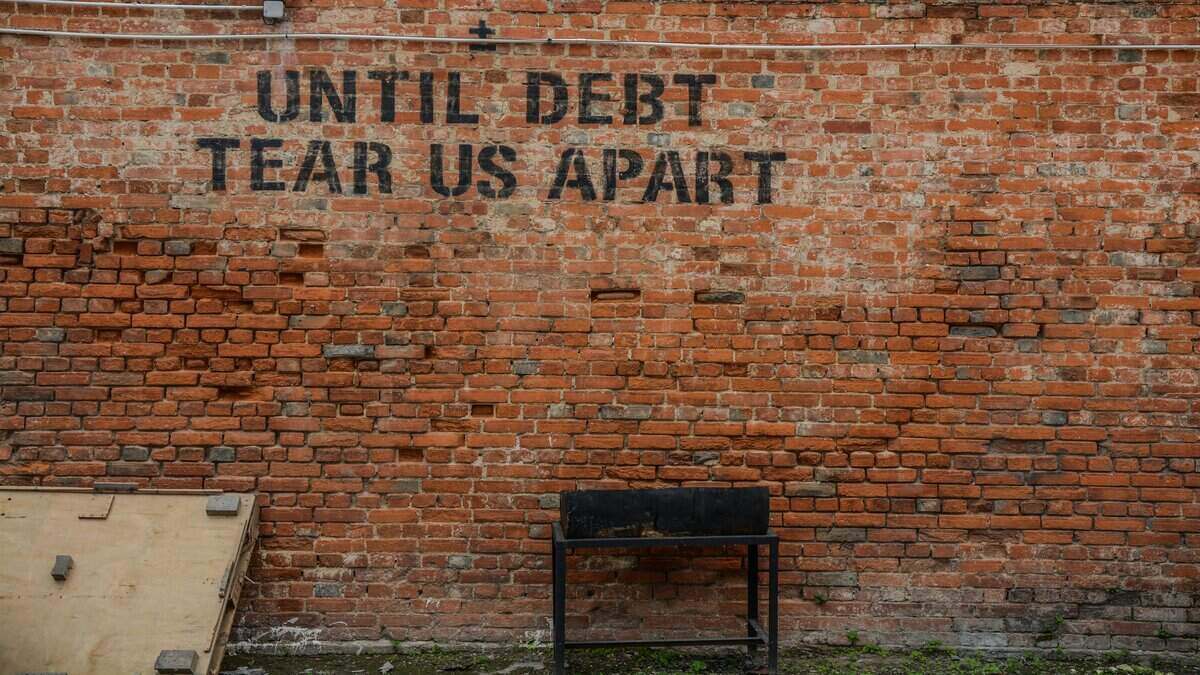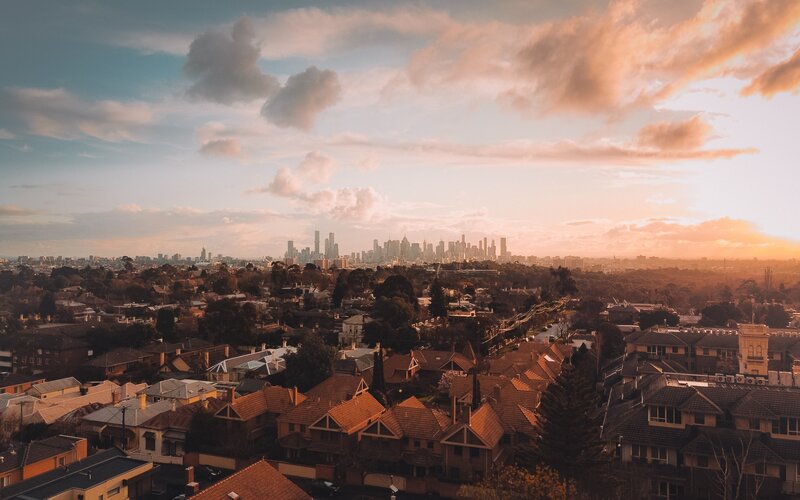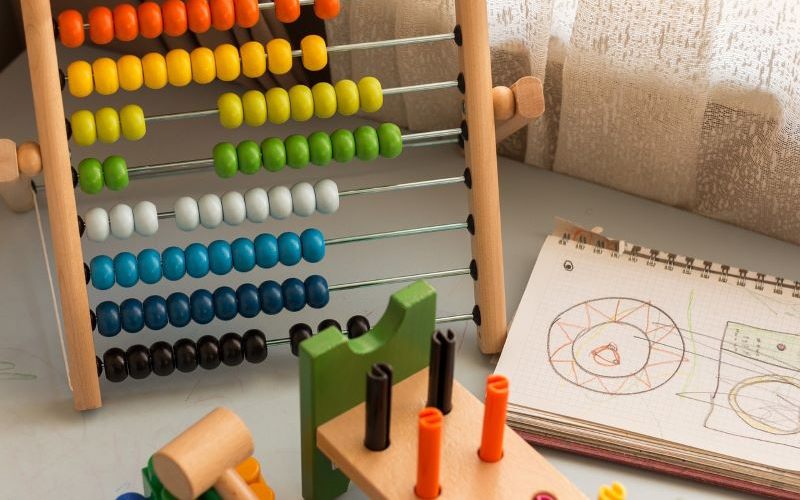The number of employed people rose 0.2% through the month, while the participation rate increased slightly to 66.8% - the latter of which drove the unemployment rate upwards as more people hunted for work.
It's the highest the unemployment rate has been so far this year after the February numbers were revised down, which suggests the labour market is starting to loosen, although Cyclone Alfred may have slightly distorted the numbers in Queensland and New South Wales.
CommBank and Westpac economists were expecting unemployment to have increased even further, up to 4.2%, but as CBA economist Stephen Wu acknowledged the labour force figures are "notoriously difficult to forecast" due to volatility.
Unemployment now looks on track to reach 4.2% in June, in line with RBA projections which assumed a cash rate of 4%.
However, the most recent Statement on Monetary Policy was released months before the 'Liberation Day' tariffs that have seemingly blown up the old outlook - as of 16 April 70% of traders are expecting a huge 0.50% cut from the RBA in May.
Rate cut inevitable?
For most observers these latest Labour Force numbers will be less surprising than the February read, which showed an unexpected drop in the number of employed people by more than 50,000.
Many economists believe the persistently strong labour market is slowly starting to ease, which as it stands appears to be something the RBA will want to see to confidently cut rates.
The RBA's current assessment of the NAIRU (Non-Accelerating Inflation Rate of Unemployment) is roughly 4.5%, although there has been some including Senior NAB economist Taylor Nugent believe it should be closer to 4%.
"Despite the RBA's caution, we remain comfortable with our base case that an unemployment rate in the low 4s is consistent with inflation sustaining near target," Mr Nugent said.
At the moment though, this kind of discourse appears somewhat beside the point, given the spectre of recession haunting markets across the globe.
While President Trump has lifted many of the tariffs promised on 'Liberation Day', a trade war with China still appears to be escalating, with little sign so far either side is willing to back down.
Even after the rally of the past few days, the ASX 200 is still down more than 700 points from where it was in February, with the S&P 500 in the US down similarly.
The RBA has shown in the past a willingness to dramatically loosen monetary policy even in the face of high unemployment - the RBA cut the cash rate by 50 bps in March 2020 across two meetings in the face of the pandemic and fears around a skyrocketing unemployment rate.
As it stands it's likely premature to declare the Australian and global economy is heading for a Covid sized downturn, but with the cash rate still at the highest level since 2012 even after the February cut further loosening in May looks the likeliest outcome.
The extent of any cut is also uncertain, with NAB economists joining the market consensus in officially predicting a double sized 50 bps cut, although the rest of the big four all say 0.25%.
Inflation figures for the March quarter will be out by the time the RBA board convenes in late May, which will doubtless be influential, but given the Liberation Day tariffs fell in early April the CPI may not be the defining factor it has been in previous decisions.
Picture by Israel Andrade on Unsplash

Ready, Set, Buy!
Learn everything you need to know about buying property – from choosing the right property and home loan, to the purchasing process, tips to save money and more!
With bonus Q&A sheet and Crossword!



 Harry O'Sullivan
Harry O'Sullivan
 Denise Raward
Denise Raward

